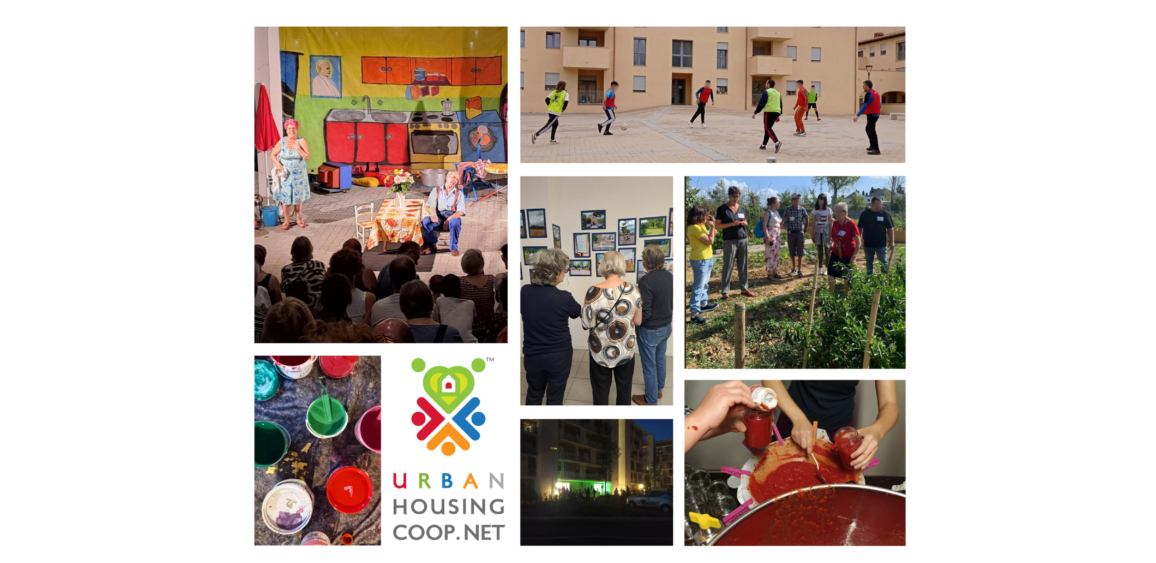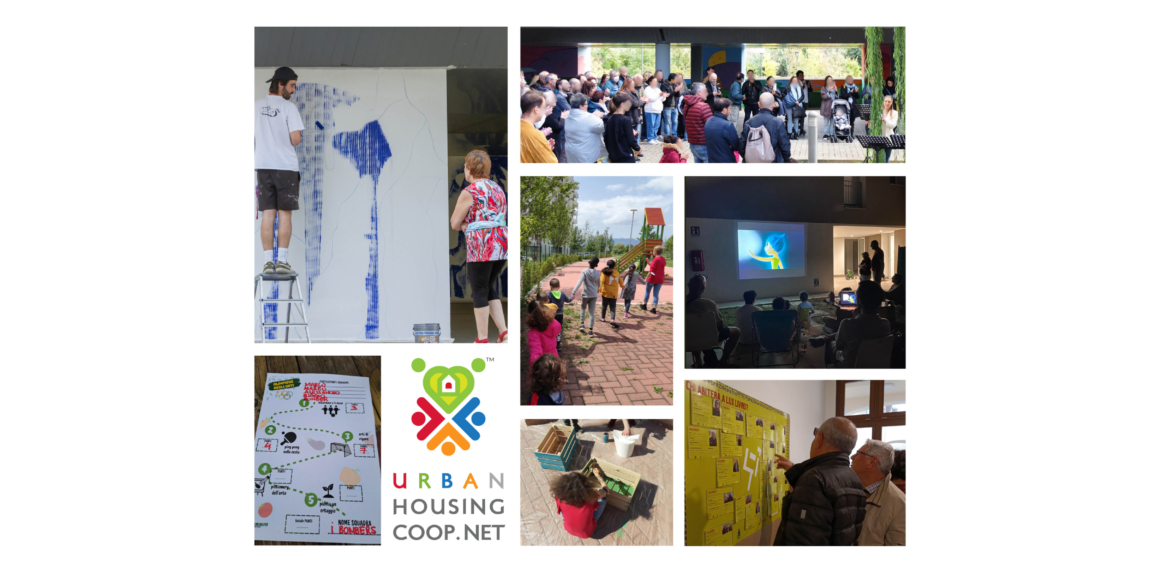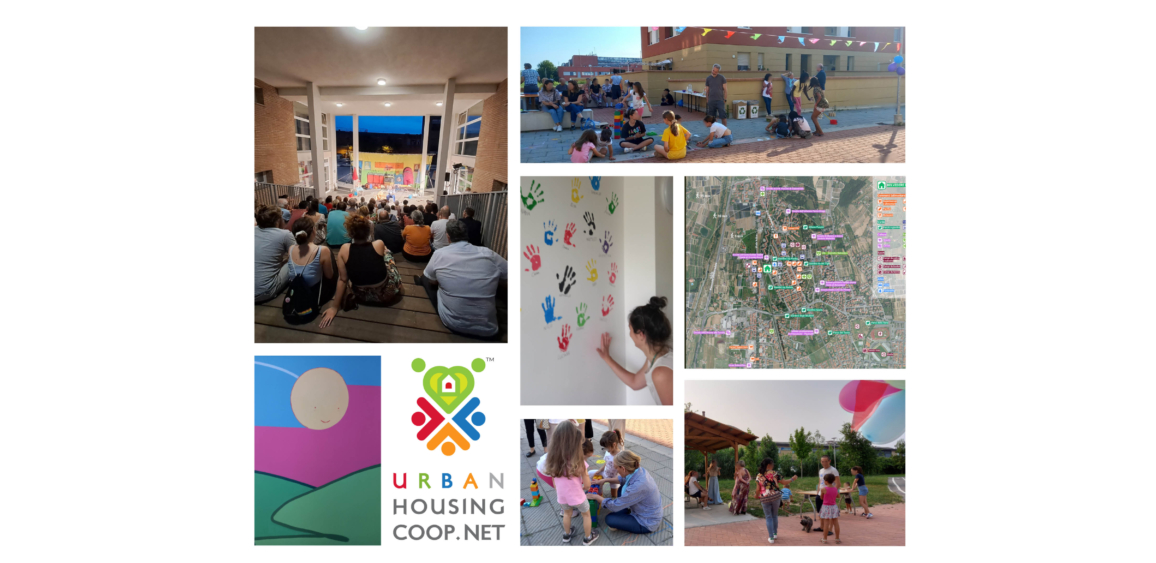It is not possible to take care of cities, by regenerating them, if we do not first build cohesive communities that inhabit the cities and take care of them. To create a cohesive community that inhabits the city means to infrastructure a system of relations between citizens-inhabitants and between them and urban spaces and services, integrative of urban dimensions of living, welfare and culture, The first and most essential of these is undoubtedly the housing system. With a clarification, however: while preserving its inalienable role as permanent residence, the house can (and must) assume distinct housing functions, elaborated in relation to the evolution of the same social instances: from temporary housing for workers and students away, housing programmes for specific social targets (elderly, disabled) accompanied by equally punctual sets of services, up to projects of reception, always temporary, for subjects with multiple frailties. In summary, a residential polyfunctionality that can be more effective the more is exercised and tested with forms of integrated management within the same living environments, so as to reaffirm, although with different intensity and characteristics, the centrality of the house as a minimum cell of a welcoming and healthy urban habitat precisely because it is composite and heterogeneous.
It is not possible to regenerate cities without the emergence of pluralistic public-private partnerships, socially oriented for governance and management of the entire value chain. By combining the investment in the management process with the material investment, it is possible to convert social housing into a territorial and relational asset, or to structure a policy on sustainable living, where public and private intervention find a stable balance within a broad-based planning, achieving what the international literature calls alignment of interests.
Italiano


